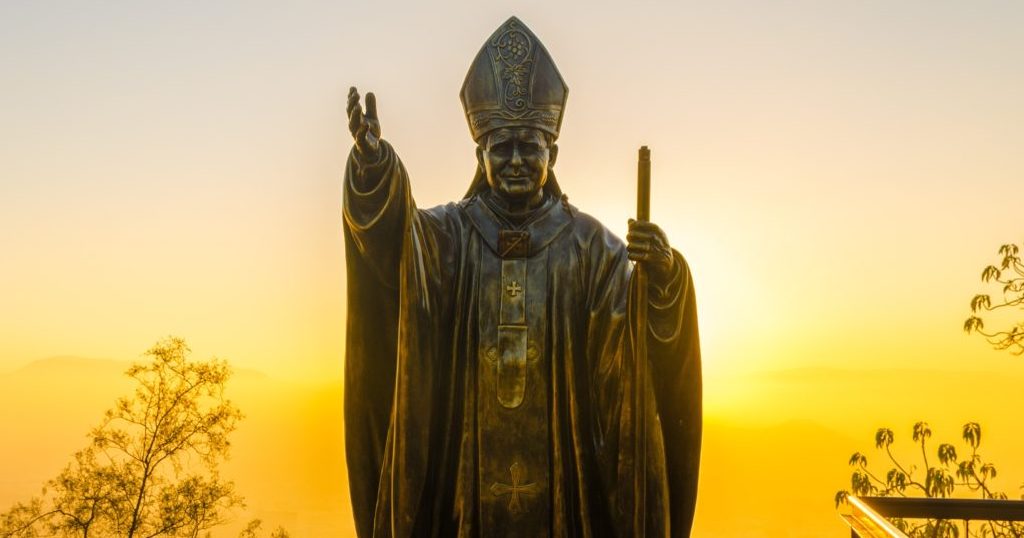Pope John Paul II was unquestionably the most dominant figure in Catholicism in the last quarter of the twentieth century. He loomed large over every aspect of Catholic life, directing the Church through one of her most troubling times. And his influence transcended the confines of the Church; at the height of his popularity in the 1990s, he was arguably the most dominant figure on the world stage. He helped bring down the Soviet Union, one of the most terrifying forces of the twentieth century, and he likewise stood up to the Culture of Death that was infecting the West. He was a globetrotting rock star of a pontiff, commanding huge crowds and earning the respect and even adulation of millions of people worldwide.
As John Paul neared the end of his life, the question wasn’t whether he would be canonized but how quickly it would happen. After all, George Weigel had already unofficially canonized him before his death, publishing his international bestselling hagiography of John Paul II, Witness to Hope, in 1999. And at the Pontiff’s death in 2005, there were cries of “Santo Subito!” (Sainthood now!) from his many devoted followers. Sainthood was assumed, and many were arguing that he should be called “John Paul the Great.” His canonization in 2014 by Pope Francis was almost anticlimactic, since his followers had already canonized him in their hearts.

